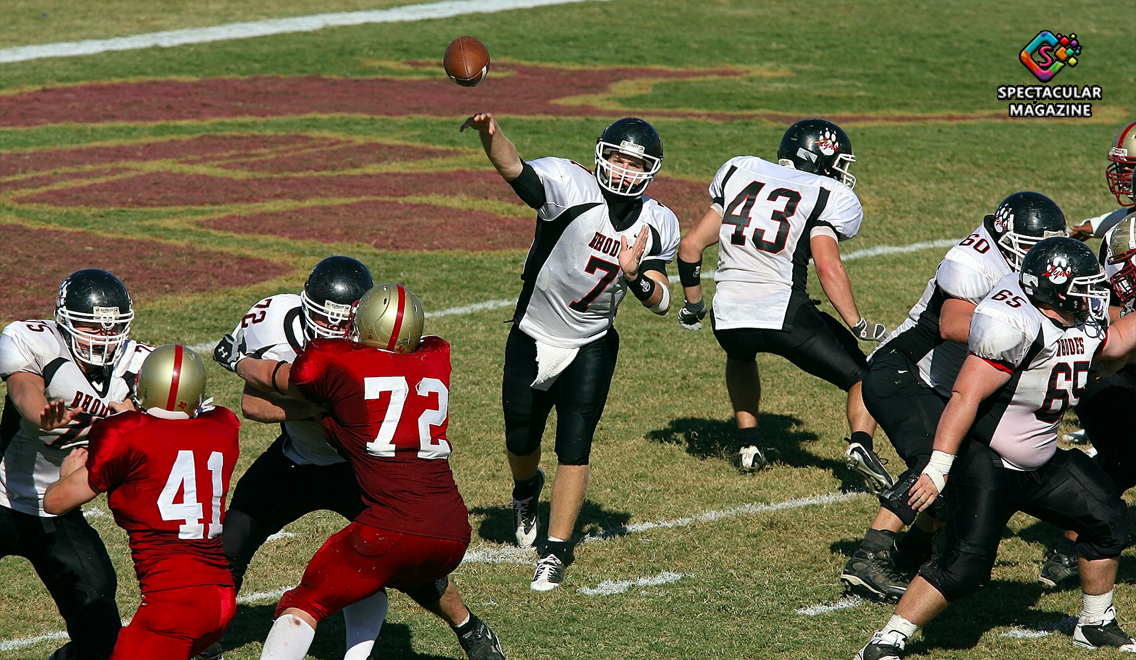The Evolution of Quarterback Play in the NFL: A Glimpse into Today’s Multifaceted Talent
The National Football League (NFL) has long been a crucible of innovation and evolution, and nowhere is this more evident than in the transformation of the quarterback position. Once considered primarily as the “field generals” who would throw from the pocket, today’s quarterbacks are a versatile breed who defy easy categorization. They pass, they run, they read complex defenses, and sometimes they even call their plays.
This shift from the traditional pocket passer to a more multifaceted, dual-threat quarterback has not only changed the dynamics of the game but has also forced teams to adapt their strategies both offensively and defensively. In a league where change is the only constant and FanDuel NFL odds are continuously recalibrated to keep up, the modern quarterback has become a symbol of adaptability, skill, and the future of football itself.
The Traditional Pocket Passer
In the annals of the NFL, the image of the traditional pocket passer has long been the gold standard for what a quarterback should be. Standing tall in the pocket, eyes scanning the field, these quarterbacks deliver precise passes with a surgeon’s accuracy, all while avoiding the rush from oncoming defenders.
Names like Tom Brady, Peyton Manning, and Dan Marino evoke memories of pinpoint throws made from the confined space between offensive and defensive lines. This style of play has been both celebrated and effective, giving birth to some of the most iconic moments in football history. However, as the NFL continues to evolve, the role of the pocket passer is undergoing scrutiny and transformation, prompting us to examine its historical significance and current relevance in a rapidly changing game.
The Rise of the Dual-Threat
The NFL is a league where adaptability often dictates success, and nowhere is this more apparent than in the meteoric rise of the dual-threat quarterback. Once a rarity, these athletic signal-callers have become the vanguard of a new era in football, blending traditional passing skills with electrifying running ability. Players like Lamar Jackson, Kyler Murray, and Patrick Mahomes embody this transformation, offering a dynamic skill set that challenges defensive coordinators and captivates fans.
No longer just an alternative to the traditional pocket passer, the dual-threat quarterback has emerged as a strategic imperative for teams seeking a competitive edge. As the NFL landscape shifts, the rise of the dual-threat quarterback is not just a trend but a paradigm shift that is redefining the essence of the game.
More Than Just Athletes
As the NFL undergoes transformative shifts in strategy and player roles, the misconception that dual-threat quarterbacks are solely athletic specimens is rapidly fading. These multi-skilled players bring to the table not just speed and agility, but also a profound understanding of the game’s nuances. They are tasked with reading complex defenses, making split-second decisions, and often improvising when plays break down.
Far from being one-dimensional, their roles require a blend of mental acuity, leadership, and decision-making skills that rival or even surpass those of traditional pocket passers. The evolution of the quarterback position has made it clear that these individuals are more than just athletes; they are highly skilled tacticians who have become the linchpins of modern football strategy.
The Impact on the League
The ripple effects of the evolution in quarterback play are felt far beyond the confines of the offensive backfield; they’re transforming the very fabric of the NFL. As dual-threat quarterbacks become the norm rather than the exception, the entire league has been forced to adapt. Defensive schemes are becoming more complex to contain versatile QBs, linebackers are evolving into hybrid roles to counter both the passing and rushing threats, and even special teams have had to adjust.
The shift has also influenced scouting, drafting strategies, and team-building philosophies, prioritizing adaptability and multi-skilled players across positions. In essence, the metamorphosis of the quarterback position is acting as a catalyst for broad change, shaping not just how the game is played, but also how it is conceptualized and strategized at the highest levels.
Conclusion
As we take stock of the evolutionary milestones in the NFL’s quarterback landscape, a few things become clear. The traditional pocket passer, while still a valuable asset, no longer reigns supreme in a league that increasingly values versatility. The rise of the dual-threat quarterback has not only expanded the playbook but also created a strategic paradigm shift that’s revolutionized the game. But these dual threats are not just athletic wonders; they are intricate parts of complex offensive schemes that require intelligence and adaptability.
The sweeping changes in quarterback styles have had a domino effect on the league, influencing defensive strategies, altering scouting and drafting paradigms, and creating a more dynamic, multifaceted game. In sum, the quarterback position serves as a microcosm of the NFL’s broader evolution, a compelling narrative of change, adaptation, and endless possibilities.


